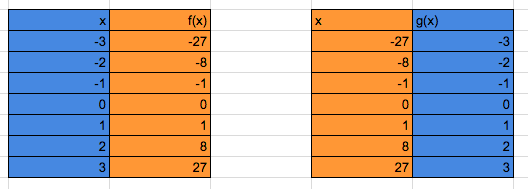Scan and Solve with PhotoMath
PhotoMath is a new app which allows users to scan a math expressions or equations using a phone camera in real time and solve them. As of this writing, the supported expressions/equations are the arithmetic operations (+, -, ×,÷), fractions, decimals, powers and roots, linear equations, powers and roots, quadratic equations, simple systems of linear equations. It also supports absolute value equations and inequalities. Below is a short introductory video about PhotoMath. PhotoMath from MicroBLINK on Vimeo. PhotoMath is available as an iOS, Android, Amazon and Windows Phone application.
